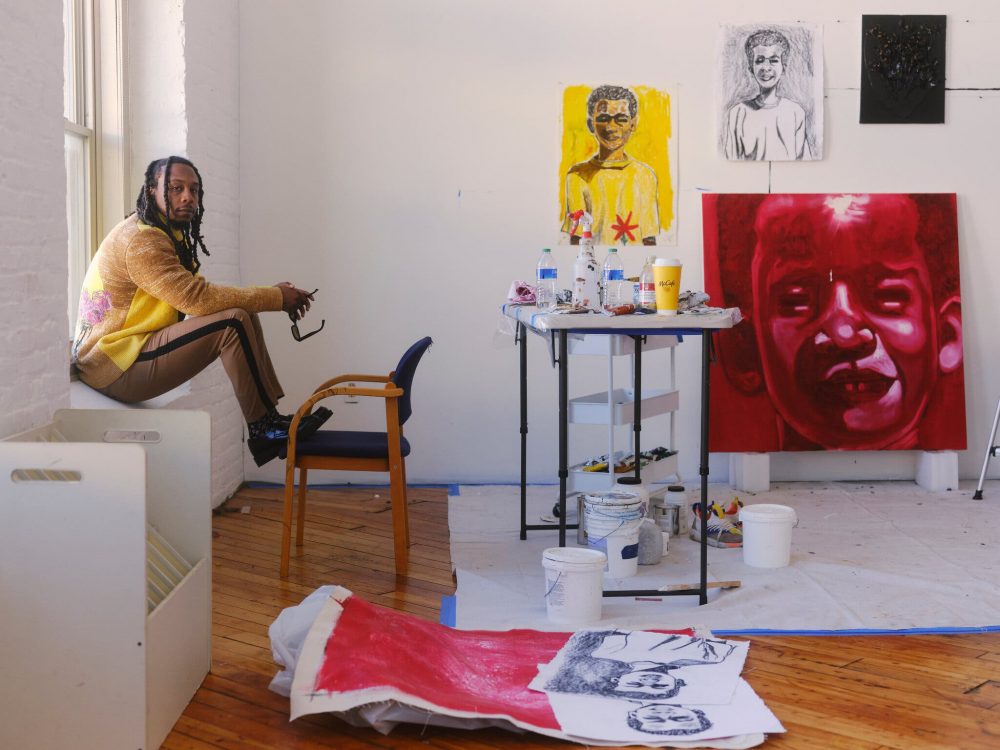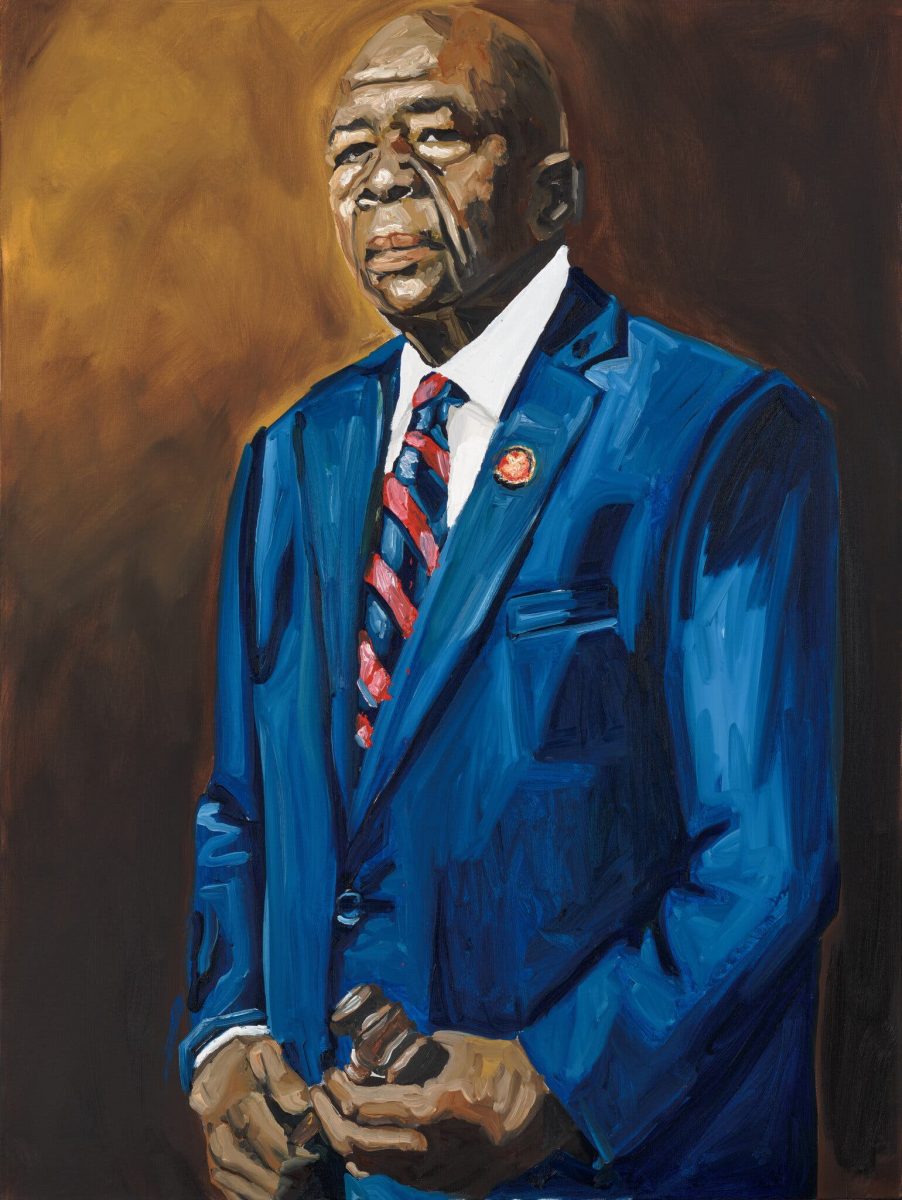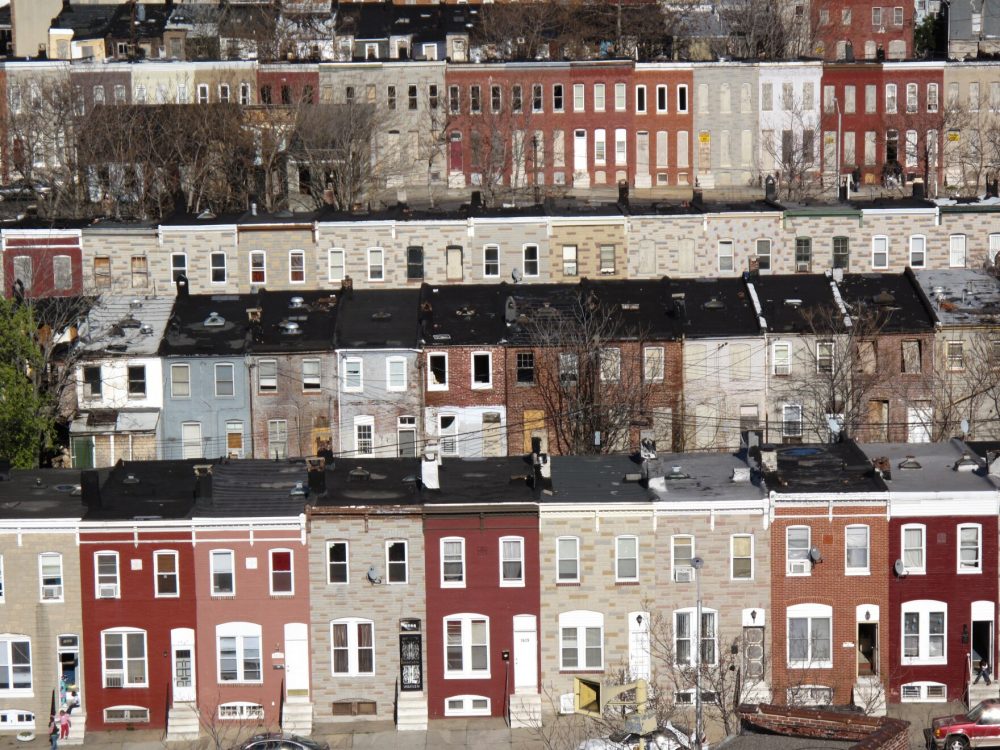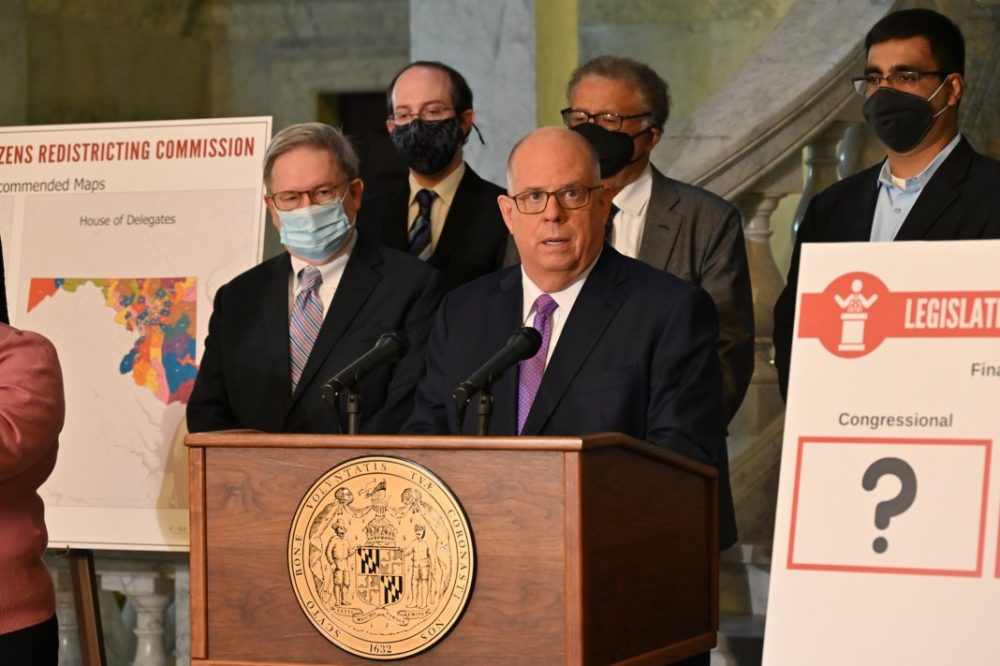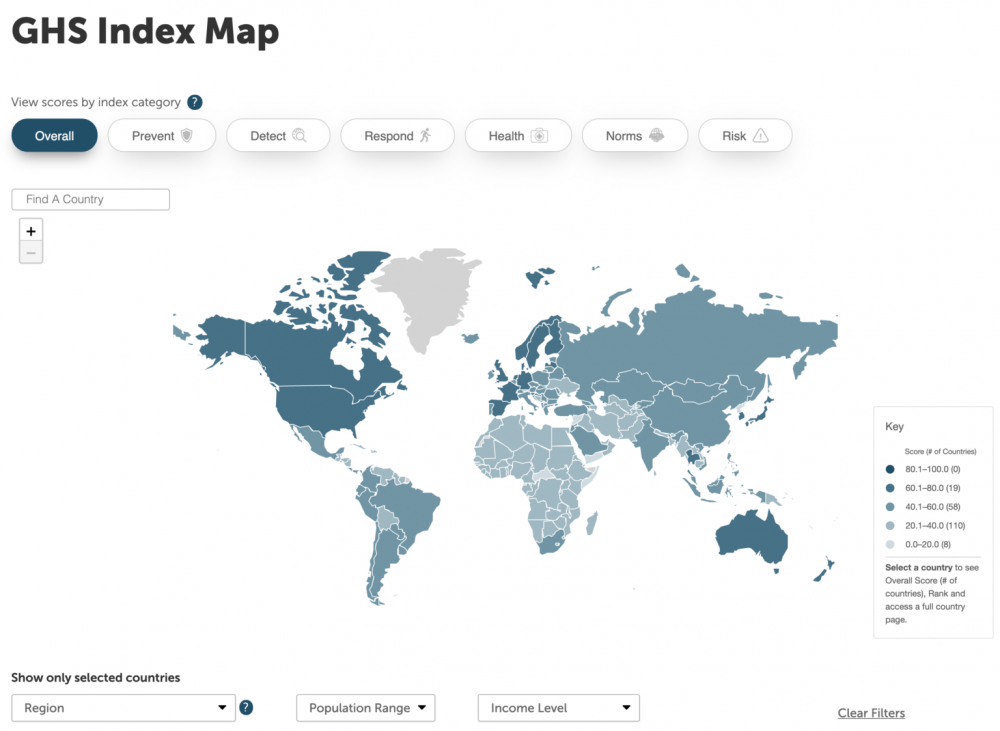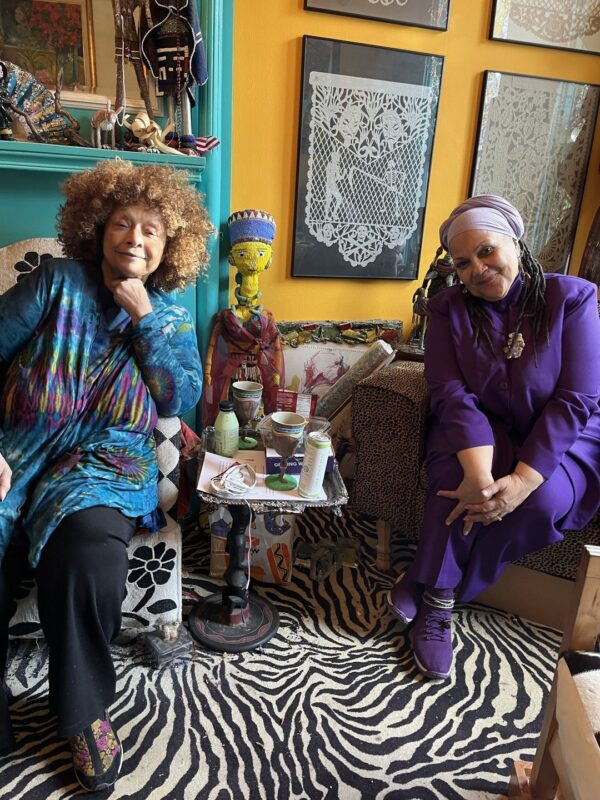Call of the Wild
by Lydia Woolever
Published December 6 in Baltimore Magazine
Excerpt: It is still dark as Bo Earnest parks his Toyota Land Cruiser in the Eastern Shore woods and opens the trunk to sling a shotgun over his shoulder. Through the pines, the first blue line of dawn begins to break along the horizon, and while he takes his time, readying his gear and calming his golden retriever, Ruddy, the plan is to be in place before the light of day.
Two hundred yards away sits an old blind—a wooden shed of sorts hidden beneath bundles of dried brush meant to blend in with the rest of the brackish marsh on which it sits. Earnest leans his gun inside and wades into the icy waters to set up a spread of plastic decoys, scaring off a few live birds that flutter to another pond on this 1,000-acre tract of land, most of which he has put into conservation easements with organizations like the Nature Conservancy and Maryland Environmental Trust.
Now, he waits, sitting silently in the blind, bundled up in an olive wool sweater and down-filled camouflage coat, listening for signs of life out there in the marsh. To the unknowing ear, though hard to distinguish, there are many, with perhaps thousands of waterfowl out there afloat on the Choptank River outside of Easton. The chatter of ducks and geese mixes with the chirp of songbirds and bald eagles that flit over the flaxen wetlands on this calm January morning—a bluebird day, as they say, unfortunately for Earnest.


